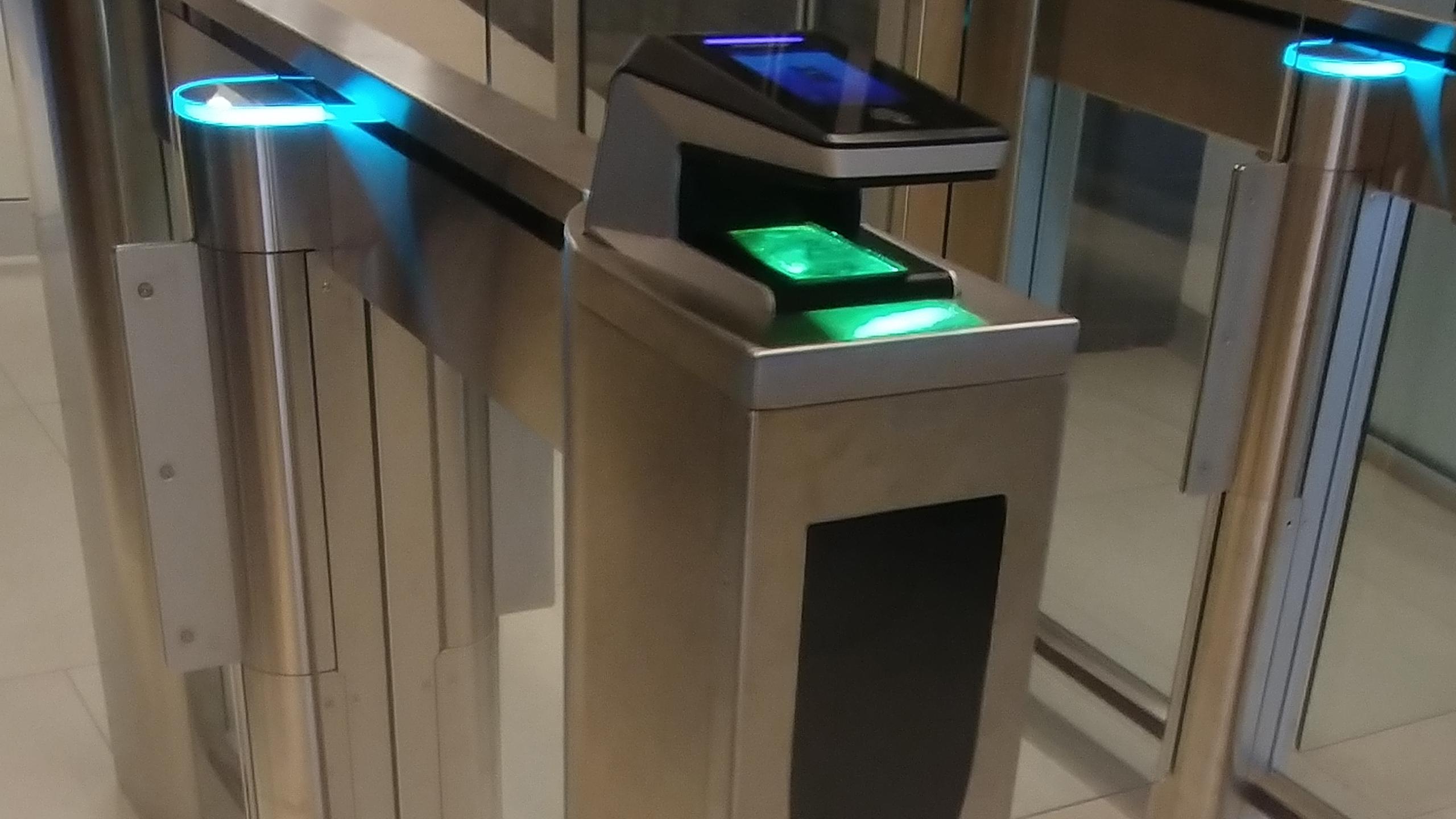By Uhanthaen Ravilojan
Ryerson’s newest residence, HOEM, has installed enhanced security measures that use students’ biometric data to grant access to the building.
The biometric technology allows residents to swipe their hands through a reader that will open the gates to the turnstiles.
Beth Spilchuk, director of residence administration at HOEM, stated that the use of biometrics was to increase security for and the comfort of its residents.
The system was set up during various move-in days where residents waved their hand through a scanner which allowed the system to create a unique profile for each resident. Instead of storing pictures of residents’ hands, the system stores user’s biometric data as a unique numeric code.
Guests of residents will not have to register their information in the system and will be given a temporary access card instead. According to Spilchuk the main technical concern has been to ensure that the system is seamless and that the timing of the gates creates no delay for residents.
The biometric technology used in the turnstiles has seen a steady increase over the last decade with similar security systems now commonly used in smartphones for online payments and identification.
“Safety is our number one priority,” says Spilchuk. “We wanted to make the entry process even smoother for residents while maintaining the same high level of security.” Safety is a critical issue for all university residence buildings, but Ryerson faces the additional issue of keeping its residents safe in the heart of downtown Toronto.
“Previously residents would need to stop at reception, tap their card and verify with the staff that they lived in the building,” says Spilchuk. “Now they simply need to swipe their hand through the reader at the turnstile to be let in. The process is both more simple and secure.”
These stricter security measures can be seen as a burden on residents.
“I don’t see much of a benefit,” says a resident entering their second year living at HOEM and has chosen to stay anonymous for work reasons. “I think there’s a fine line to security and going over it is just overkill and borders on prisonesque. We have cameras everywhere with the addition of RAs and the front door security.”
“Since the turnstiles have gone in, we now have five checkpoints even though we were promised that it would reduce the steps. Overall I think it’s a good idea, but poorly implemented,” says the anonymous student.
However, other residents appreciated the new system. “My first thought was questioning why they did it because you still have to use your key to get into every other entryway,” says Merida Moffat, first-year arts and contemporary studies major.
“But I guess it does make sense that it would be far more secure. Say if someone were to steal a key, they wouldn’t have the fingerprint. It was actually a really easy setup, and can be a bit irritating to swipe your hand the correct way for it to read, but it is a cool system.”
“Students are always ahead of the curve, so they appreciate the use of innovative technology,” says Spilchuk. “As staff members, we like seeing HOEM students happy and take comfort in the fact that the turnstiles provide an added layer of security.”










Leave a Reply